Building Winning Trading Systems with Tradestation
$26.58
| Author(s) | , |
|---|---|
| Format |
|
| Pages |
415 |
| Publication Year |
2012 |
Enter Building Winning Trading Systems, Second Edition, the all-new incarnation of the established text on getting the most out of the trading world. With technology now a pervasive element of every aspect of trading, the issue has become how to create a new system that meets the demands of the altered financial climate, and how to make it work.
Introduction:
The primary objective of the first edition of Building Winning Trading Systems with TradeStation was to teach its readers how to effectively code their trading ideas into TradeStation’s EasyLanguage, and this will carry on in this edition. Fortunately, thanks to TradeStation engineers, TS users have not been required to learn very much in the way of new language syntax throughout the software’s developmental cycle. This isn’t to say things haven’t changed at all. There have been sufficient additions to EasyLanguage’s library of functions and to TS’s available data universe, and beginning with version 8.8, a much improved Integrated Development Environment, to merit the writing of a second edition.
The framework of the first edition was modeled after a college-level textbook that was used to teach the Pascal programming language, and this framework will be followed again. However, some concepts will be more elaborated upon and additional examples will be added this time through. Also, the original chapter describing self-contained trad-ing systems will include updated performance results of those systems and will introduce some new trading ideas and systems.
The way we trade and the tools we use to effect our trading have changed over the past nine years, but the market principles, indicators, and robust trading systems have more or less stayed the same. Let’s see if we can use the latest iteration of TradeStation and EasyLanguage to uncover some of these time-tested nuggets of knowledge.
Contents:
- Fundamentals—What Is EasyLanguage
- EasyLanguage Program Structure
- Program Control Structures
- TradeStation Analysis Techniques
- Measuring Trading System Performance and System Optimization
- Trading Strategies That Work (or the Big Damn Chapter on Trading Strategies)
- Debugging and Output
- TradeStation as a Research Tool
- Using TradeStation’s Percent Change Charts to Track Relative Performance
- Options: Introduction and Strategies
- Interviews with Developers
Building Winning Trading Systems with Tradestation By George Pruitt, John R. Hill pdf
8 reviews for Building Winning Trading Systems with Tradestation
Clear filtersOnly logged in customers who have purchased this product may leave a review.

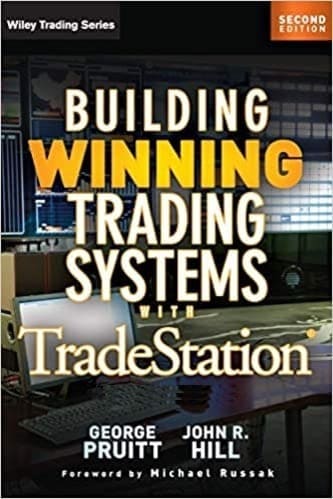
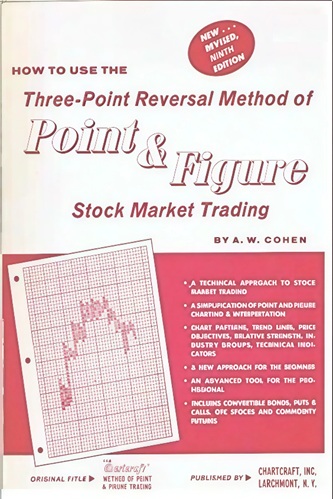
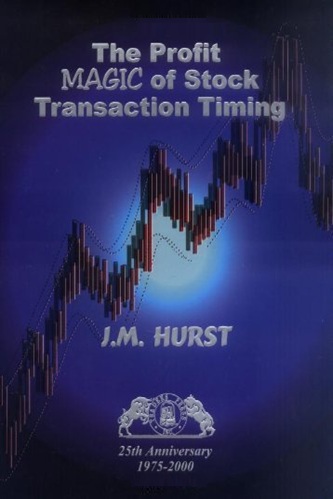
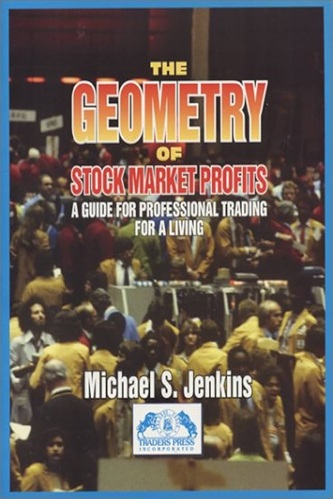
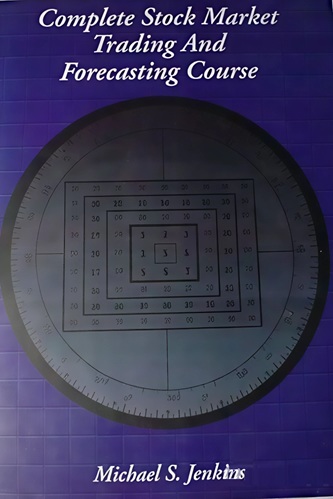
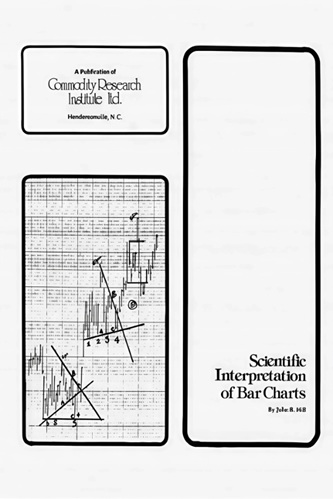

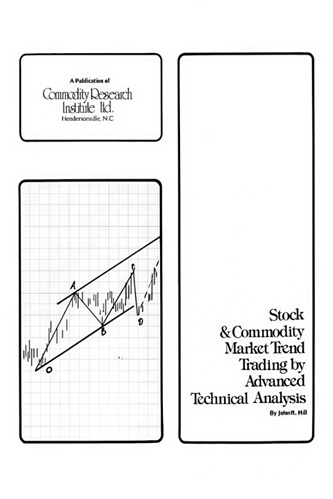
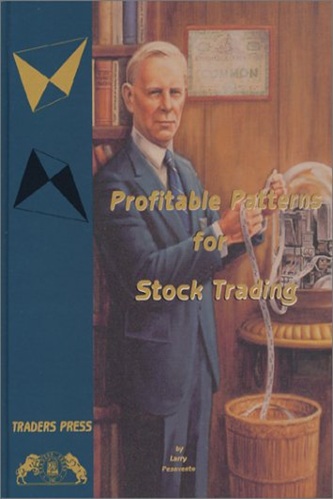
Jadiel Correa (verified owner) –
Very good as an introduction to EL, got me up and running in no time at all writing my own programs. Much more knowledge is needed to write a winning system and the Tradestation Community/WIKI shoudl be your next port of call.
Kaison Harding (verified owner) –
Brilliant book and the code supplied is excellent
Avianna Villa (verified owner) –
I struggled with writing this review. The author warned that this is not a book for beginners. I did not consider myself a rank beginner, more of a new Intermediate, as I have run some TradeStation strategies and several backtests. It was difficult to give the book a 2 or 3 or 4. If I had at least a year or more of experience using algorism trading. The book almost would earn much higher marks. So with apologies to the authors, I gave it a 3. The one thing that would limit me from giving it a 5 is the examples from TradeStation are very small and difficult to read gray on gray print.
Phoenix Montoya (verified owner) –
This book provides much. There are actual trading system that you can use. Info on EZ language and much more.
Valery Goodwin (verified owner) –
Started slowly but that’s to be expected when trying to get readers to a common level of understanding.
The gradual build up from simple to complex strategies in conjunction with background information and goals were extremely useful.
The chapters on optimization and back-testing were particularly compelling and worth reading even if you have extensive EasyLanguage experience.
Pros:
Lots of examples with complete code listings.
All the nuts and bolts you need to create your own EasyLanguage Strategy.
Clearly identified reusable sections that you can incorporate in your own trading system.
Cons:
Be sure you know EasyLanguage first or you will quickly get overwhelmed or bored.
Much more useful for programmers than traders
Kaysen Stanley (verified owner) –
Excellent resource for learning EasyLanguage. The complexity of programming increases gradually, and each chapter introduces a new programming concept.
Bo Love (verified owner) –
I was a little dissapointed with this book overall. I guess it would be useful if you are new to coding and need some help, but I found the “Winning” Systems to be pretty lame. I backtested most of them on many common equity stocks with lackluster results. The book is easy to understand and a newbie to Tradestation programming will learn a lot. But if you are buying this book to get some cool trading systems, I’d look elsewhere. Just my 2 cents.
Aniya Lamb (verified owner) –
Wonderful book. But be aware. This book is for the person just starting out with TradeStation. So from that perspective it is absolutely awesome. Takes you step by step through the EasyLanuage process. And shows you how to build full blown trading systems.
However, this book will not show you how to create some miracle trading system that is always profitable. That is for you to figure out. So the title is a little misleading.
The writing is VERY detailed about the basics of programming and system building, but stays on topic. So if you are looking for a book to learn TradeStation, the basics of Pascal type programming (which is what TradeStation EasyLanguage uses) and how to apply it to building trading systems, then this is the book for you.
If you are looking for a book that covers really advanced topics of complicated or highly profitable trading systems, then you might look elsewhere.